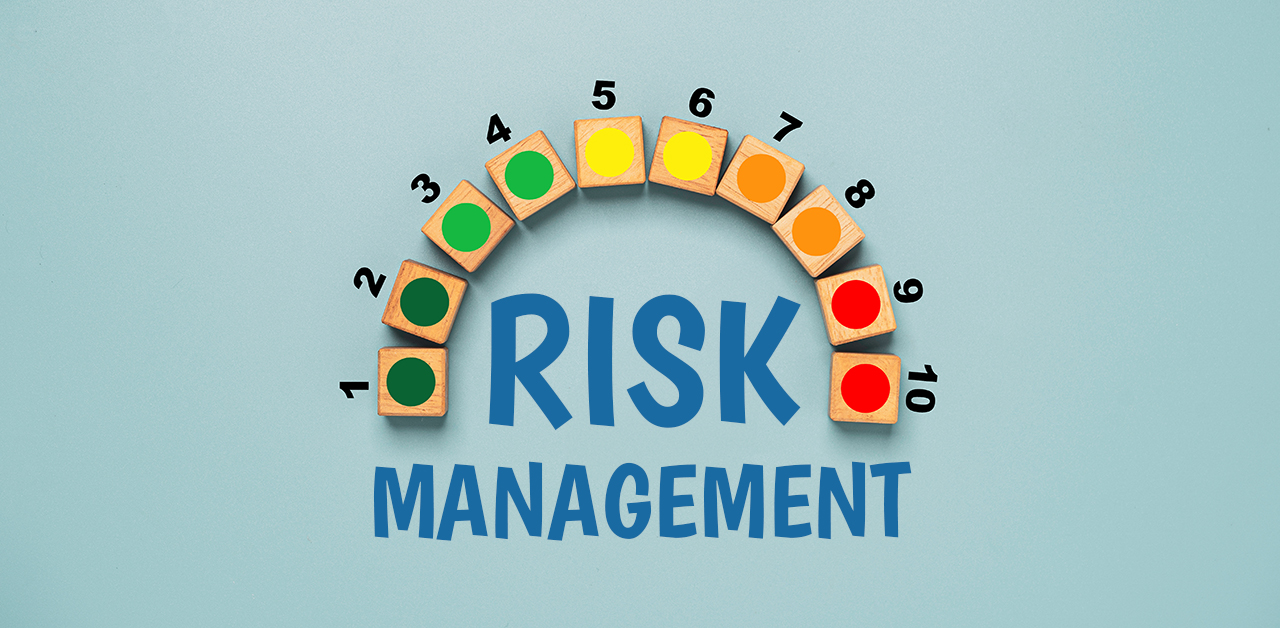Over the last several years, compact and lightweight electronic devices, such as smartphones and tablets, have surpassed computers and laptops, which are large and bulky in comparison. While these devices have made life easier, they have also increased the risks of data loss, identity theft and financial frauds. Due to their small size, it is easy for their owners to misplace them.As a result, instances of identify thefts have risen dramatically in the USA and elsewhere around the world. This is despite the fact that users are constantly warned by the authorities to take all possible measures to safeguard their electronic data.When these devices reach the end of their useful life (or are replaced by newer versions), proper care must be taken to ensure that all data stored on them are destroyed permanently using R2 certified recyclers. While there is no law that requires electronics recyclers to become certified, EPA encourages them to become certified so they can meet specific safety standards.Currently, there are two accredited certificate standards in existence: the Responsible Recycling Practices, also known as R2, and the e-Stewards® standards. Both of these certifications are managed by independent bodies. Recyclers can choose to become certified in either or both of these two standards. Customers are also encouraged to hire only certified recyclers for the destruction of data stored on their electronic devices.Both standards emphasize on maximizing the reuse and recycling of old devices and materials, minimizing exposure of toxic wastes to humans and the environment, and ensuring safe management of such materials. These standards are designed to promote best management practices and offer ways to assess the impacts made by the electronic devices on the environment and on the workers’ health.The benefits provided by R2 recycling include the reduction in the impacts of improper recycling to the environment and human health, increased access to reusable and refurbished equipment to the needy, and reduction in energy consumption and other environmental problems associated with the manufacturing of the devices. Thus, R2 certification is not only concerned with the destruction of data, but also with measures to safeguard the human health and the environment.In order to become R2 certified, electronics recyclers must demonstrate to an accredited, independent third-party auditor that they meet specific safety standards when recycling and managing electronics. The certifying bodies are themselves accredited by a certification accreditation board to ensure they are competent to audit and provide certification.Thus, having your data destroyed by an R2 certified recycler before disposing of your electronic devices ensures that your personal information will not fall into the wrong hands. You can find R2 certified recyclers in your area by using the
Map of Certified Electronics Refurbishing and Recycling Facilities. While the EPA encourages recyclers to be certified and customers to use certified recyclers, it does not endorse any of the facilities and services shown in the map.


